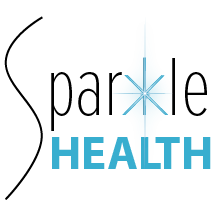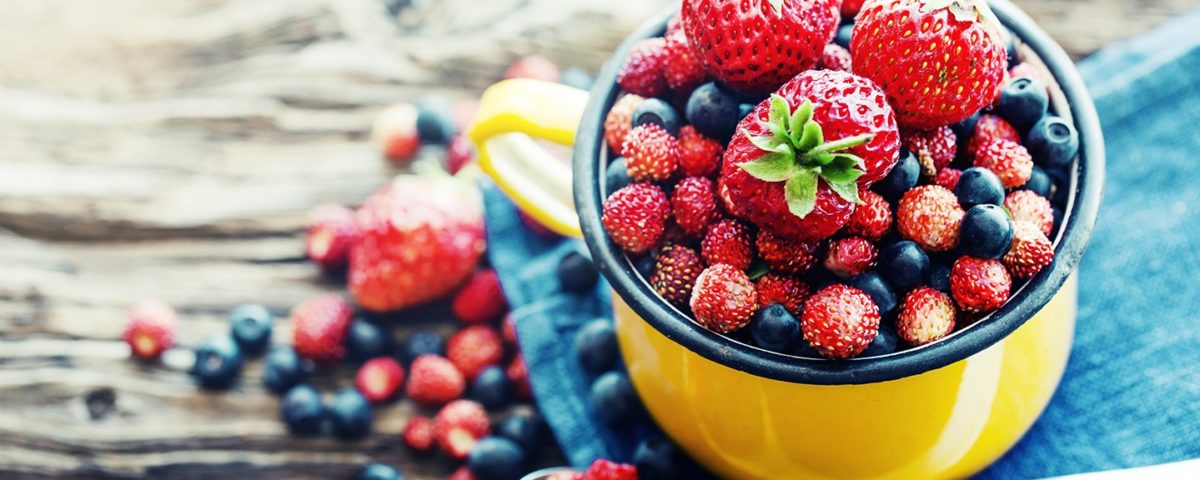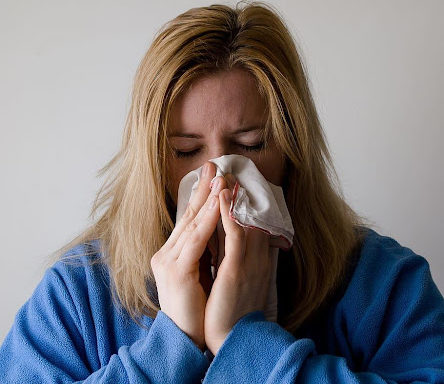Top 10 Foods for Allergy Season

By Kate Swords, CNS
Functional Medicine Nutritionist
It is that familiar time of year when many of us are struggling with sneezing, runny nose, itchy or watery eyes, sinus congestion and headaches.
Why do we get allergies in the first place? The nasal and bronchial passageways in the body are lined with mucous membranes and contain a type of immune cell called mast cells. When an airborne allergen such as pollen encounters these cells, they respond by releasing the chemical histamine. Histamine plays an important role in the immune system and is part of the body’s protective mechanism against foreign invaders. It initiates a series of hypersensitivity reactions (your dreadful allergy symptoms) which are designed to help the body get rid of the intruder.
Supporting your body and decreasing inflammation can be accomplished in part by the food you eat. Eating a more nutrient-dense diet can help reduce any underlying inflammation and bring your immune system back into balance. Let’s talk about some of the foods to incorporate this allergy season.
Onions
Onions contain antioxidants and other compounds that give them anti-inflammatory, anti-viral, anti-bacterial and anti-fungal properties. One of these compounds is quercetin. Quercetin is a bioflavonoid with potent antioxidant activity that helps to stabilize mast cells and significantly reduce the amount of histamine that is released.
Other foods rich in quercetin include apples, berries, cabbage, and grapes. (Sorry, wine doesn’t count! Unfortunately, it is high in histamines and can exacerbate allergy symptoms).
Bell peppers
Vitamin C is an antioxidant that is necessary for at least 300 different metabolic functions in the body. Studies show that consuming vitamin C can help to prevent hay fever as well as reduce the severity of allergy symptoms once they occur.
Unfortunately for us, humans are one of the few mammals unable to synthesize vitamin C. This makes it critical to consume vitamin C rich foods daily. Most people think of citrus fruits such as lemons, limes, oranges, grapefruit for vitamin C. Despite their reputation, citrus have less vitamin C than other vegetables and fruits. They are also high in histamine, which can elicit or exacerbate seasonal allergy symptoms.
A bell pepper can contain two to three times as much vitamin C as an orange. This makes it a great food to incorporate during allergy season (unless you have issues with nightshade vegetables, but that is a story for another day…). Other good food sources of vitamin C include broccoli, dark leafy greens, Brussels sprouts, tomatoes, strawberries, guava, and papaya. Herbs high in vitamin C include rosehips, red raspberry leaves, hibiscus flowers, paprika and thyme.
Turmeric
Turmeric is a potent anti-inflammatory root with immune-supportive properties. Its main constituent curcumin has the potential to block the release of histamine and prevent allergy symptoms from ever developing. If symptoms are already present, turmeric can help to relieve nasal congestion and sneezing. It helps to reduce any inflammation present, including both in the lungs and gut which are critical for preventing allergies and other conditions attributed to an over-responsive immune system.
Turmeric is tasty in curries, chicken dishes, roasted veggies, tonics, smoothies, soups, and stews. I love adding to krauts to give more of a kick. Golden “milk” is another popular use of turmeric. It is made with turmeric, ginger, black pepper, coconut milk, cardamom, clove, cinnamon – or some variation of that. Generally best if drank as a warm calming beverage in the evening.
Garlic
Garlic is thought to be one of the most valuable foods on this planet. It has been used for a long time, and is mentioned in the literature of the Hebrews, Greeks, Babylonians, Romans, and Egyptians. There is even a claim that the builders of the pyramids ate it daily for strength and endurance.
You may not be building pyramids, but allergies can sure feel like an uphill battle sometimes. Luckily for you the vitamin C and sulfur compounds in garlic help to modulate the immune system and avert inflammation. Plus, it is delicious and very versatile in cooking!
Nettles
Ginger
Ginger is a powerful antioxidant and great anti-inflammatory herb. Utilizing it during allergy season can help reduce any discomfort and inflammation. One study last year compared it to loratadine (Claritin) and found that it was equally as effective at reducing symptoms such as congestion, sneezing, and runny nose, without the unwanted side effects like dizziness and drowsiness.
Another multipurpose herb, it is great in soups, stews, curries, stir fries, smoothies, teas and more.
Pineapple
Cayenne Pepper
Berries
Fish
References
https://aacijournal.biomedcentral.com/articles/10.1186/s13223-020-00434-0
https://pubmed.ncbi.nlm.nih.gov/16870019/
https://pubmed.ncbi.nlm.nih.gov/19140159/
https://www.ncbi.nlm.nih.gov/pmc/articles/PMC5963652/
https://www.ncbi.nlm.nih.gov/pmc/articles/PMC7171779/
https://pubmed.ncbi.nlm.nih.gov/27789120/
https://pubmed.ncbi.nlm.nih.gov/17634174/





